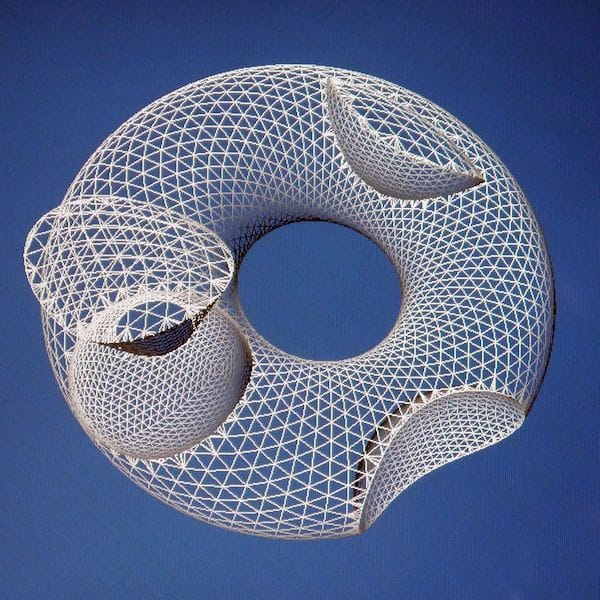
Anarkik3D announced a new strategy for growing their user base.
The Edinburgh-based company produces an unusual 3D CAD system that’s based on haptic feedback. This is a step beyond a “3D Mouse” in that you receive physical feedback when your 3D cursor bumps into virtual structures. It’s an entirely different paradigm for 3D designers, particularly artists who are accustomed to sculpting.
To make use of the system, you must purchase the software from Anarkik3D, Cloud9, as well as the haptic device itself that provides the physical interaction.
The current pricing for a compatible haptic device, the Novint’s Falcon Haptic Device, is USD$249, according to Anarkik3D. Meanwhile, the Cloud9 software is priced at £430 (USD$610), for a total of around USD$860 for the pair. You’ll also require a computer of sufficient graphical power to run the software, which could add another thousand or two, depending on your preferences.
That price could be a barrier to many who might make use of the Cloud9 system, particularly for artists who are likely the prime users of the Cloud9 system. Sculpting 3D printable artwork is a natural progression for many physical artists who may have been trained in sculpting using traditional tools. The haptic approach is perhaps the best way for them to get involved in 3D modeling and printing, as they would not have to learn the complex ways of operating many 3D CAD systems, most of which are not designed for artistic use in any case.
But artists, typically those new and still seeking success, tend to not have a lot of disposable income. Thus Anarkik3D has developed a “loan scheme” for their system.
Here’s how it works: you pay Anarkik3D a monthly fee of £45 (USD$85) and choose one of two hardware options. The lesser option assumes you have your own computer and provides a haptic device free with a refundable deposit of £250 (USD$355). For £750 (USD$1070), you’ll get the haptic device and a loaner laptop already equipped and configured with the Cloud9 software.
This program removes financial barriers from attempting to use the Cloud9 system and could be of great interest to artists seeking an easier way to get into the world of digital design. If the venture proves profitable, the artist could consider getting their own equipment. If not, then the equipment can be returned at no loss.
I find this quite interesting, because some other companies have also introduced different methods of breaking down the financial barriers to adopting 3D printing solutions. One we recently wrote about was LulzBot and Airwolf 3D’s printer trade-in programs.
Competition in 3D printing is not only on operational ease-of-use features; it’s also on the financial ease-of-use.
Via Anarkik3D

